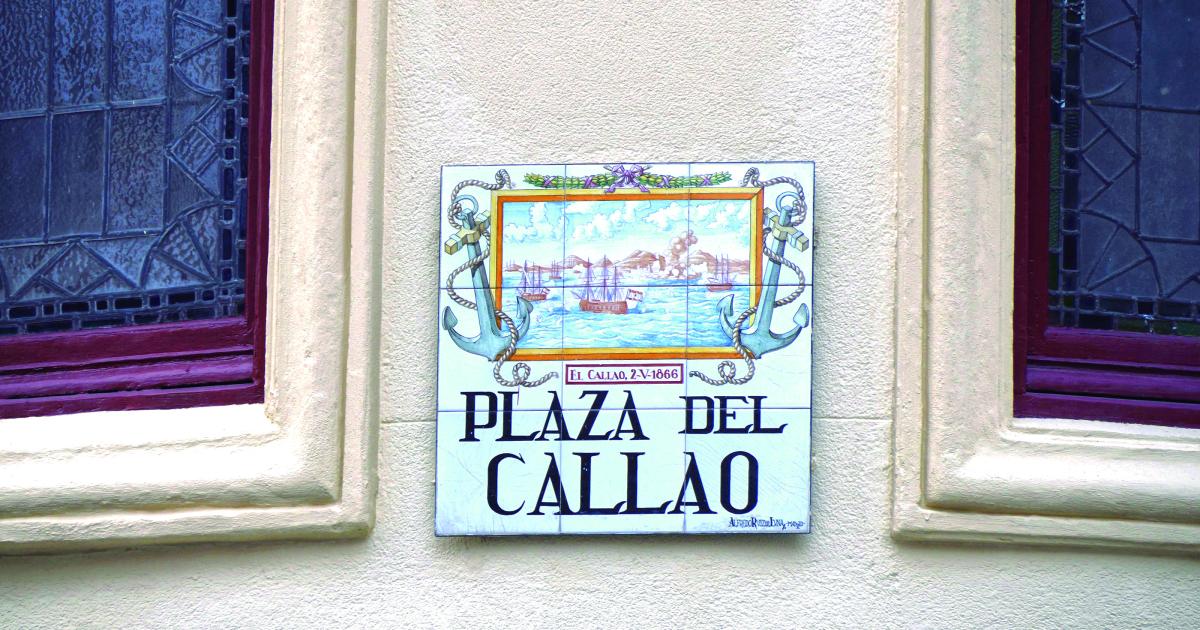
Ceramic Plaques in Spain
In Spain, ceramic street name plaques, which can be seen on many buildings, are not only a practical way to mark a location, but also an important cultural and artistic element. These colorful plaques, known as azulejos, have a long history and reflect the richness of Spain's ceramic tradition. But where did this fashion for ceramic street markers come from? Here is a brief history and cultural context of these beautiful and functional works of art.
Ceramics in Spain has its roots in Arab times. During the Moorish period (711-1492), especially in the Andalusia region, advanced ceramic techniques developed that influenced later styles. During this period, diverse decorative techniques, including the use of ceramics to create rich, colorful designs, became extremely popular.
After the Reconquista, or the expulsion of the Moors from the Iberian Peninsula, ceramic traditions survived and flourished. In the 18th century, particularly in the Talavera de la Reina region, ceramic street name plaques began to be produced, which were decorated with typical motifs and designs of the region.
Ceramic plaques are not only practical, but also full of character. In Spain, such street signs not only indicate direction, but also contribute to the aesthetics of the urban landscape. The plaques often contain beautiful hand-painted designs that reflect local culture and history.
Typical designs include floral motifs, geometric motifs and historical references, which can refer to important figures, events or local legends. Hand-painted azulejos add individual charm to any town or village, contributing to the unique character of streets and squares.
The contemporary use of ceramic plates in Spain continues the tradition, but also introduces modern touches.
In many cities, such as Seville, Madrid and Barcelona, ceramic plaques can be seen both on old historic streets and in new neighborhoods. Increasingly, contemporary urban planning projects are incorporating ceramic plaques as a decorative element that combines tradition with modernity.
As you walk the streets of Spain, look out for these unique plaques - each one tells its own story and adds character to the city around you.







